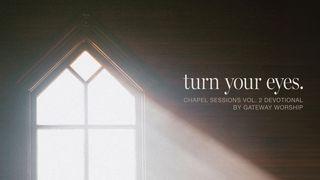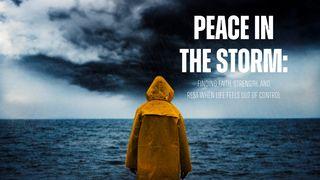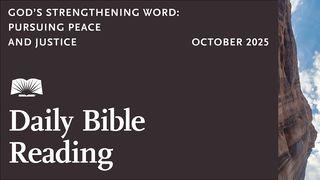Belmont University Advent GuideSample

It is that time of year again, when the church holds its collective breath and waits to exhale, to breathe again, to sigh with relief and to rejoice that the Messiah has come. “Prepare ye the way of the Lord,” we sing. We light candles, in honor of the light of the world; we read Mary’s Magnificat, to celebrate the birth of the Son of Humanity; we pray for “peace on earth, goodwill to all,” willing the world to be a hospitable home for the Prince of Peace. But mostly . . . we wait.
This is not an easy time of year for many people. Some do not breathe a sigh of relief when the holidays are upon us; some have trouble making out the pinprick of candlelight when the darkness seems so crushing; some cannot imagine the peace this Prince is supposed to bring, immersed as our world is in turmoil. For some, the hopeful anticipation of this season feels a lot more like anxiety.
Christmastime means getting together with friends and family members, and many experience the joyful expectation of long-awaited reunions with those who know us best. For others, though, this involves seeing those with whom our relationships are messy and a touch dramatic; the ones with whom we have boundary issues; the ones with whom it is difficult to have a dialogue—like the religious leaders, in one of today’s passages, who are looking not for a transformative conversation but only for a fight (Matt. 22.15). Holiday gatherings with even those we love the most can open old wounds.
The hearers of Amos’ words had trauma and tragedy, exile and annihilation, and broken relationships with both kinsfolk and Yahweh in their collective memory. I would venture to guess that they had trouble imagining a darker day than ones they had already seen. Nonetheless, the melancholy prophet insists that the “day of the Lord . . . is darkness, not light . . .with no brightness in it” (Amos 5.18, 20).
When I read these words, however, I cannot help but think of the profound, unimaginable, penetrating darkness in which the Spirit, the Breath, is said to have hovered (in anticipation, I like to think, but maybe with a touch of anxiety) over the face of the deep (Gen. 1.1–2), just waiting for God to say the word and break in with that first light, that first hope.
Perhaps the darkness is not such a bad place to wait after all.
Beth Ritter-Conn
Lecturer in Religion
This is not an easy time of year for many people. Some do not breathe a sigh of relief when the holidays are upon us; some have trouble making out the pinprick of candlelight when the darkness seems so crushing; some cannot imagine the peace this Prince is supposed to bring, immersed as our world is in turmoil. For some, the hopeful anticipation of this season feels a lot more like anxiety.
Christmastime means getting together with friends and family members, and many experience the joyful expectation of long-awaited reunions with those who know us best. For others, though, this involves seeing those with whom our relationships are messy and a touch dramatic; the ones with whom we have boundary issues; the ones with whom it is difficult to have a dialogue—like the religious leaders, in one of today’s passages, who are looking not for a transformative conversation but only for a fight (Matt. 22.15). Holiday gatherings with even those we love the most can open old wounds.
The hearers of Amos’ words had trauma and tragedy, exile and annihilation, and broken relationships with both kinsfolk and Yahweh in their collective memory. I would venture to guess that they had trouble imagining a darker day than ones they had already seen. Nonetheless, the melancholy prophet insists that the “day of the Lord . . . is darkness, not light . . .with no brightness in it” (Amos 5.18, 20).
When I read these words, however, I cannot help but think of the profound, unimaginable, penetrating darkness in which the Spirit, the Breath, is said to have hovered (in anticipation, I like to think, but maybe with a touch of anxiety) over the face of the deep (Gen. 1.1–2), just waiting for God to say the word and break in with that first light, that first hope.
Perhaps the darkness is not such a bad place to wait after all.
Beth Ritter-Conn
Lecturer in Religion
About this Plan

This Advent Guide comes from students, faculty and staff at Belmont University. Advent is that season of waiting that carefully and purposefully helps us to realign our priorities and to glimpse, anew, our place before God. Our humble hope is this guide helps people focus more fully on Jesus Christ through the Advent season.
More
We would like to thank students, faculty & staff of Belmont University for providing this plan. For more information, please visit: www.belmont.com
Related Plans

Turn Your Eyes: Chapel Sessions Vol. 2 Devotional From Gateway Worship

Made for More: 30 Days of Experiencing More Life, Love, and Freedom

Peace in the Storm: Finding Faith, Strength, and Rest When Life Feels Out of Control

God’s Strengthening Word: Pursuing Peace and Justice

Amazed

The Creator's Battle: Winning the Inner War for Your Art

Reimagine Transformation Through the Life of Paul

TLV Daily Proverbs With Daniah

Crying Out to the God Who Hears
